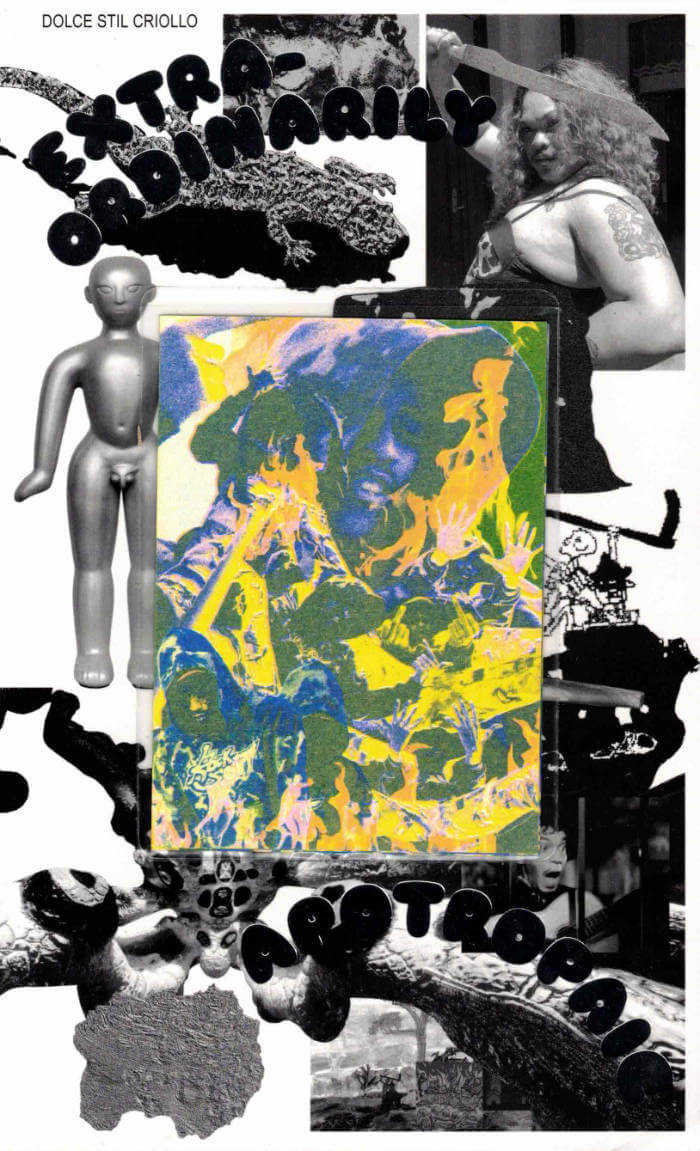
Family Nexus
Sophie Nys, Liene Aerts, Leila Peacock, Maud Gourdon
In April 2019, Sophie Nys presented the solo exhibition Family Nexus at KIOSK. In psychology, a family nexus stands for a vision that is shared by the majority of family members, often unconsciously and for several generations long, and is upheld in the context of events both within the family and in its relationship to the world. Among other, the monumental, stretched out net in the dome space was a symbol of this family dynamic.
Two years later, the theme is still working its way through the above mentioned heads. The shared interest of Nys, Gourdon, Aerts and Peacock leads to a collaboration in the form of a book that, just like the exhibition, can be read as a net of (un)coherent intrigues and knots in which no position can be neutral. They set up a network of characters. Together they represent all kinds of (human) connections. Family Nexus is a story about everyone and no one in particular. Who in this book is playing the role of the Nobody, the household’s so-called 'identified patient', or scapegoat, and which pots and pans has slipped through this character’s fingers?
Co-production: KIOSK and BOEKS.
Language: English







